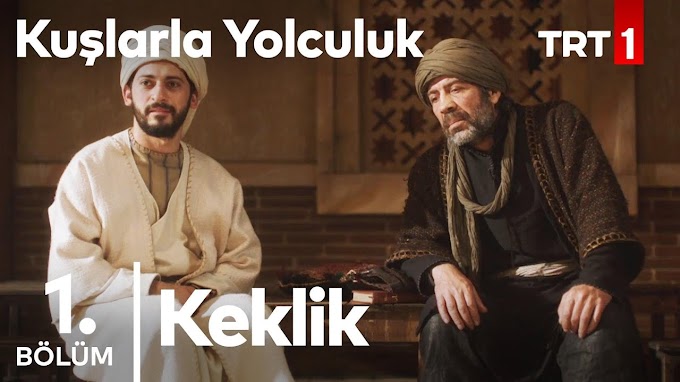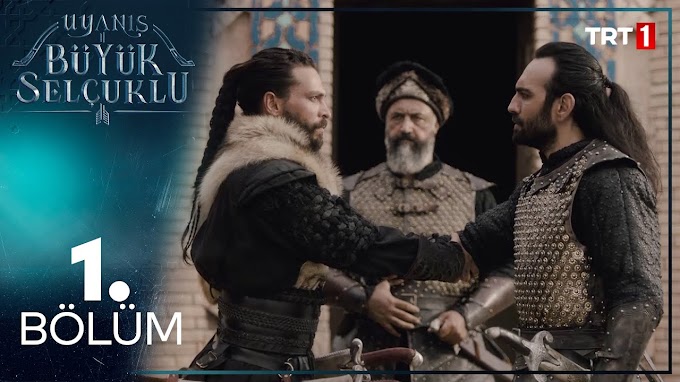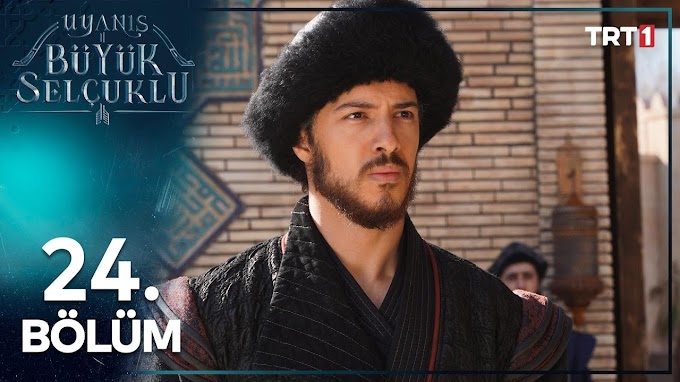Sultan Mustafa I | 15th Sultan of Ottoman Empire (Sultanate e Usmania)
Introduction:
Sultan Mustafa I was born in 1591, in the Manisa Palace. He was the son of Sultan Mehmed III and an Abkhazian lady, Halime Sultan. He was the younger brother of Sultan Ahmed I. He was called in his second reign by the names of Mustafa the Saint or Veli Mustafa and modern historians called him as Mustafa the Mad or Deli Mustafa. He became sultan from 1617 to 1618 and then from 1622 to 1623. He was the 15th Sultan of the Ottoman Empire and 94th Caliph of Islam.
Early Life:
Before 1603 it was a custom for an Ottoman Sultan to have his siblings executed for a short period after he ascended the throne (Mustafa’s dad Mehmed III had executed 19 of his siblings). But, when the thirteen-year-old Ahmed I was enthroned in 1603, he saved the life of the twelve-year-old Mustafa.
A factor in Mustafa’s endurance is the impact of Kösem Sultan (Ahmed’s most favorite life partner), who may have wished to seize the progression of Osman, Ahmed’s first-conceived child from another mistress. In case that Osman became Sultan, he would probably attempt to execute his relatives, the children of Ahmed and Kösem. (This situation later turned into a reality when Osman II executed his sibling Mehmed in 1621) However, the reports of unfamiliar envoys recommend that Ahmed loved his brother. Until Ahmed’s passing in 1617, Mustafa lived in the old Palace, alongside his mother, and grandmother Safiye Sultan.
Accession and Reigns:
First Reign 1617 till 1618:
Ahmed’s death made an issue at no other time experienced by the Ottoman Empire. Numerous rulers were presently qualified for the Sultanate, and every one of them lived in Topkapı Palace. A court group headed by the Şeyhülislam Esad Efendi and Sofu Mehmed Pasha (who spoke to the Grand Vizier when he was not in Constantinople) chose to enthrone Mustafa rather than Ahmed’s child Osman. Sofu Mehmed contended that Osman was too youthful to even think about being enthroned without causing unfriendly remarks among the general population. The Chief Black Eunuch Mustafa Agha protested, referring to Mustafa’s psychological issues, yet he was overruled. He ascended the throne at the age of 36. Sultan Mustafa I’s ascent made another progression guideline of status that would go on until the end of the Empire. It was the first time through an Ottoman Sultan was prevailing by his sibling rather than his child. Sultan Mustafa I’s mother Halime Sultan turned into the Valide Sultan and official extraordinary power. Because of Sultan Mustafa I’s states of mind, she went about as regent and practiced force all the more straightforwardly.
It was hoped that customary and regular social contact would improve Sultan Mustafa I’s psychological issues, however, his conduct stayed erratic. He pulled off the turbans of his viziers and yanked their stubbles. Others noticed him tossing coins to fowls and fish. The Ottoman student of history Ibrahim Peçevi expressed “this circumstance was seen by all men of state and the individuals, and they comprehended that he was mentally disturbed.”
Deposition:
Sultan Mustafa I was never more than a tool of court inner circles at the Topkapı Palace. In 1618, after a short guideline, another royal residence group dismissed him for his young nephew Osman II, and Mustafa was sent back to the Old Palace. The contention between the Janissaries and Osman II gave him another opportunity. After a Janissary insubordination prompted the testimony and death of Osman II in 1622, Mustafa was reestablished to the seat and held it for another year.
Asserted mental instability:
Nevertheless, as per Baki Tezcan, there isn’t sufficient proof to appropriately build up that Mustafa was intellectually imbalanced when he ascended the throne. Mustafa made various trips to the arms stockpile and the naval force docks, inspecting different kinds of arms and taking a functioning interest in the weapons supply of the military and the naval force. One of the dispatches of Baron de Sancy, the French ambassador, recommended that Mustafa was keen on driving the Safavid lobby himself and was engaging wintering in Konya for that purpose.
Also, one contemporary onlooker gives a clarification of the upset which doesn’t refer to the inadequacy of Mustafa. Noble de Sancy attributes the statement to a political scheme between the amazing naval commander Ali Pasha and Chief Black Eunuch Mustafa Agha, who was ranked by the previous expulsion from office upon Sultan Mustafa’s accession. They may have circled bits of gossip about the king’s psychological shakiness resulting in the overthrow to legitimize it.
Second Reign 1622 till 1623:
He started his rule by executing each one of the individuals who had taken any offer in the homicide of Sultan Osman. Hoca Ömer Efendi, the head of the dissidents, the kızlar Agha Suleiman Agha, the vizier Dilaver Pasha, the Kaim-makam Ahmed Pasha, the Defterdar Baki Pasha, the Segban-Bashi Nasuh Agha, and the general of the janissaries Ali Agha, were cut into pieces. The sobriquet “Veli” (signifying “holy person”) was utilized regarding him during his reign.
His state of mind unchanged, Sultan Mustafa I was a kind of puppet which was controlled by his mother and brother by marriage, the excellent vizier Kara Davud Pasha. He accepted that Osman II was as yet alive and was seen looking for him all through the royal residence, thumping on entryways and shouting out to his nephew to mitigate him from the weight of sovereignty. “The current emperor being a nitwit” (as indicated by English Ambassador Sir Thomas Roe), Sultan Mustafa I was contrasted negatively and his predecessor. indeed, it was his mom Halime Sultan the true co-ruler as Valide Sultan of the Ottoman Empire. The condition of the empire and the people was very poor in Sultan Mustafa I’s reign and there was also the risk of attacks from European countries.
Deposition:
Political shakiness was produced by the conflict between the Janissaries and the Sipahis (Ottoman rangers), trailed by the Abaza resistance, which happened when the lead representative general of Erzurum, Abaza Mehmed Pasha, chosen to walk to Istanbul to retaliate for the homicide of Osman II. The system attempted to end the contention by executing Kara Davud Pasha, however, Abaza Mehmed proceeded with his development. Pastors and the new Grand Vizier (Kemankeş Kara Ali Pasha) persuaded Mustafa’s mom to permit the deposition of her child. She concurred, on condition such Mustafa’s life would be spared.
The 11-year-old Murad IV, child of Ahmed I and Kösem, was enthroned on 10 September 1623. As a trade-off for her to agree to his statement, the solicitation of Mustafa’s mom that he be saved execution was granted. Mustafa was sent alongside his mom to the Eski (old) Palace.
Death:
One source expresses that Sultan Mustafa I was executed and then killed by the order of his nephew. He remained alive for almost 15 years after the deposition. Another source expresses that Sultan Mustafa I passed on epilepsy which was brought about by being detained for a very long time out of his 48 years of life. Sultan Mustafa I died on 20 January 1639 and buried in the yard of the Haghia Sophia.





0 Comments